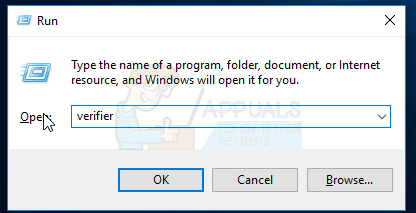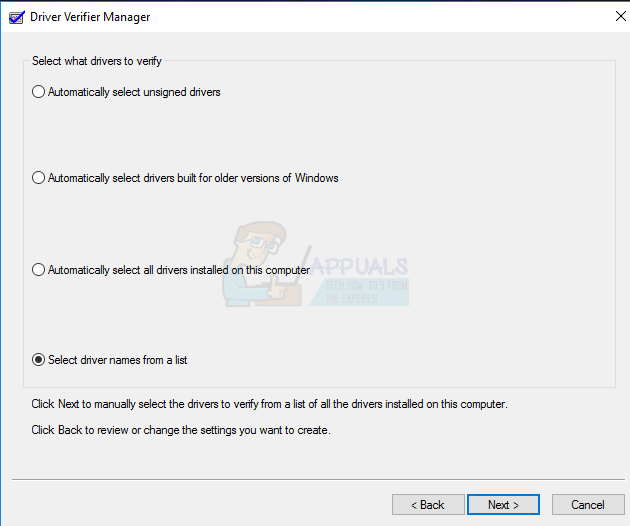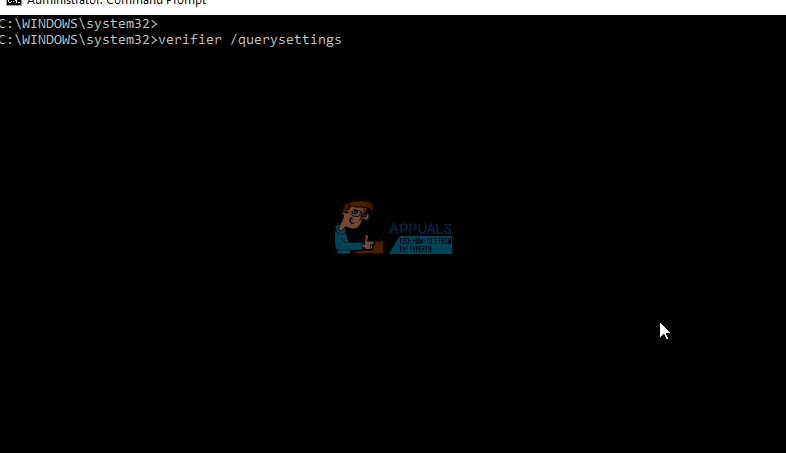How to Fix Your Computer has a memory problem error on Windows 10
Every computer uses RAM, which stands for Random Access Memory. This piece of hardware is designed to temporarily store data while the PC is on. Once the PC is restarted, all the data stored in the RAM will be lost. Therefore, the system only stores data that is being used at the moment.
It’s common to see memory problems on a system, which could be caused by two things: software conflict or defective hardware. The good news is that in both cases, you will receive an error message, which will help you determine the cause. If you receive an error message indicating that your computer has a memory problem or if you encounter a random BSOD (Blue Screen of Death), you will need to start investigating how to resolve this issue.
Method 1: Verifying if it’s a hardware related issue
- Download memtest from here (The software downloaded will allow you to set up a USB as bootable device so you can scan your memory for errors without any operating system running).
- Run the installer (you will need a USB drive with no information on it to install Memtest). Select your USB Flash Drive, click ‘Create,’ and ensure that the ‘Format drive’ option is selected; otherwise, you may encounter errors.

- Reboot your computer and press F11 to enter BIOS. If F11 doesn’t work, refer to the online instructions specific to your system to determine which key grants access to BIOS. You may need to boot from a USB or manually select the boot device. Please consult your computer manual, as this key may vary.
- Select your USB Flash Drive from the list.
- Memtest will automatically start and check your memory for errors. If it encounters errors, then it’s time to replace the memory.
If you get a BSOD, it’s likely that your computer will reboot automatically since this is the default configuration in every computer. It’s usually challenging to obtain the error provided by the BSOD, but there are ways to gather more information about it.
Method 2: Confirm the error provided by the BSOD
- Download BSOD Viewer from here.
- After receiving a BSOD, run the software downloaded from the above link and select the latest error in the list.
- Copy the error number or driver name
- Search either of the above in google to get further details.
- Upon determining which software or driver is causing the issue, it will be necessary to reinstall it.

Please note that there are certain BSOD errors related to power issues, in which you can confirm that the issue is related to hardware.
Method 3: Using Driver verifier software to confirm if all drivers are running properly
- Hold the Windows key, press R, and then type ‘verifier.

- Select create custom settings.

- Select all of the checkboxes. (For Windows 8 and Windows 10 users don’t check DDI Compliance checking and Randomized low resources simulation)

- Select “Select driver names from a list”
- Select all of the drivers except the ones provided by Microsoft
- Select Finish and Reboot the PC.

- Open the Start menu and type ‘cmd‘. Then, right-click and select ‘Run as Administrator‘.
- Type ‘verifier /querysettings‘. If it gives you a result with a list of drivers, then the software is running.

This third method will allow Windows to stress each driver in order to cause the BSOD. You can then use Method #2 to confirm exactly which driver is causing the issue.





